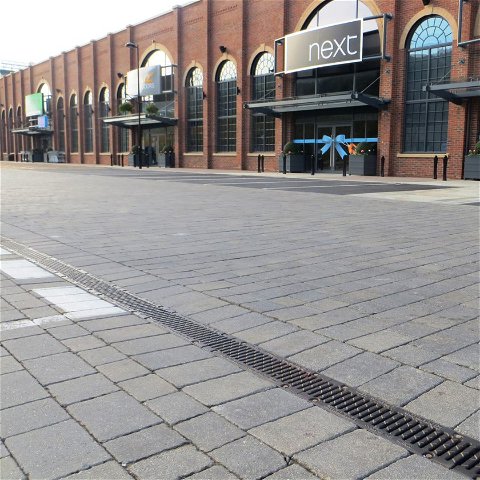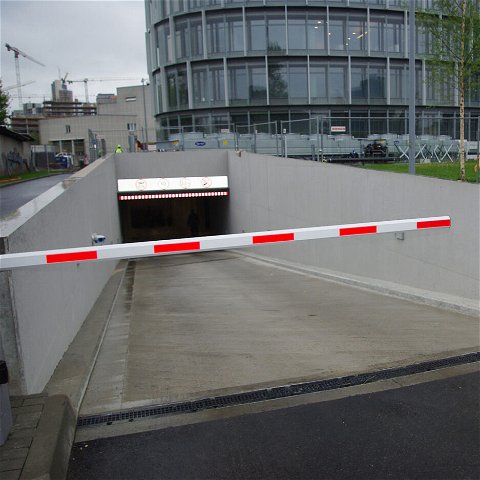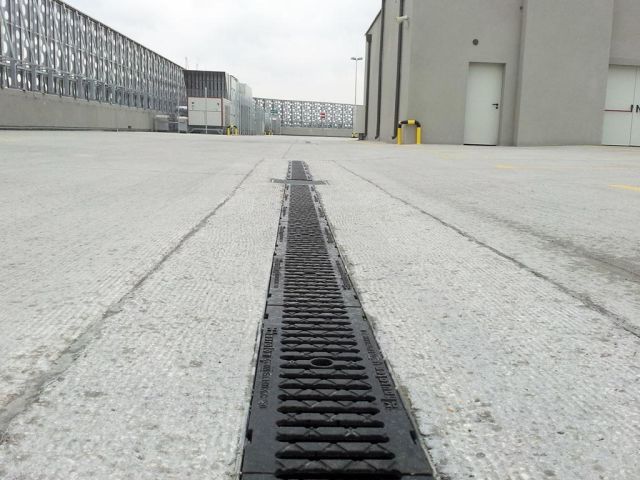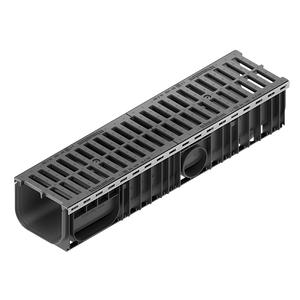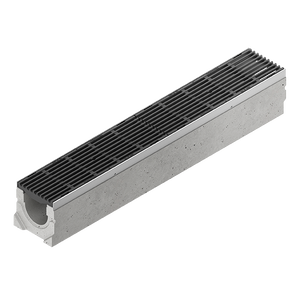Load class according to EN 1433
Load class according to EN 1433
up to C 250
up to C 250
up to D 400
up to E 600
up to F 900
up to F 900
up to F 900
up to D 400
Nominal width | System size
Nominal width | System size
100, 150, 200, 300
100, 150, 200, 300
100, 200
100, 150, 200, 300, 400
100, 150, 200, 300
1000, 2000, 3000, 5000, 8000, 10000
200, 3200, 400, 500
–
Materials of the lower parts
Materials of the lower parts
Polypropylene (PP), 100 % recycled composite
Polypropylene (PP), 100 % recycled composite
Modified polypropylene
Modified polypropylene (PP), 100 % recycled composite
Fibre-reinforced concrete
Fiber-reinforced concrete or polypropylene (PP)
FASERFIX concrete with basalt fibre
Angle housing
Composite frame 20 x 20 mm insertion depth
Integrated edge rail made of galvanised or stainless steel
Moulded as an integral part of the channel body
Galvanised or stainless steel frame with 20 x 20 mm insertion depth
Depending on the version with FASERFIX or RECYFIX:
Galvanised steel or cast iron frame with 40 x 40 mm insertion depth
Grating variants
– Longitudinal bar grating
– GUGI design gratings
– Mesh gratings
– FIBRETEC and METROPOLIS design gratings
⇒ Made of ductile iron, plastic, galvanised steel, stainless steel
- Perforated gratings
- Mesh gratings
- GUGI design gratings
⇒ Made of ductile iron, galvanised steel, stainless steel
Integrated award-winning FIBRETEC heelsafe design
- Design gratings FIBRETEC and METROPOLIS
- Perforated gratings
- GUGI mesh gratings
- Mesh gratings
- Longitudinal bar gratings
⇒ Made of ductile iron, composite, galvanised or stainless steel
Retained ductile iron slotted top
Gradient
– Constant depth
– Stepped fall
- Constant depth
- Stepped fall
- Constant depth
- Stepped fall
- Constant depth
- Stepped fall
- Constant depth
- Built-in fall
- Stepped fall
- Constant depth
- Stepped fall
Special characteristics
– Pre-assembled ready for installation
– Low weight, easy to handle and install
– Channel body can be easily machined, cut to size on-site
- Pre-assembled ready for installation
- Low weight
- Steel edge rail enables straight edge of tarmacked surfaces
- Channel body made of polypropylene can be easily machined, cut, drilled on-site
- Large retention volume despite slim channel design
- Monolithic drainage channel
- Vandalism-proof
- Easy cleaning via the inspection box
- Channel and cover = one component
- Self-centring screw –> automatically finds the correct position
- Polypropylene channel body can be easily machined on site
- SIDE-LOCK, boltless locking system
- Optional bar and bolt fixing per grating
- Radial installations possible
- Large channels for retention
- Channel run without slotted top achievable, for example, under planted areas
- Cable installations can be threaded though throat voids of the channel
- Rainwater treatment by surface filtration
- Plannable in accordance with KECO approval
- Proprietary treatment system: CIRIA SuDS Manual C753 chapter 14
- used as retention area for evoparation
- Safety joint optionally sealable
- No rattling noises when driving over
- Extremely low maintenance




